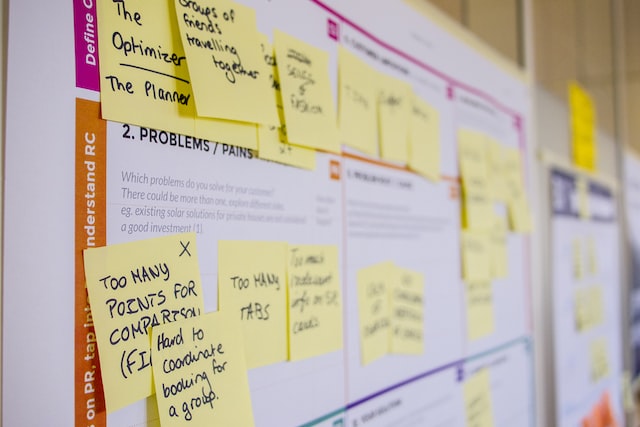Problem Solving: Definition, Skills, & StrategiesBy Justine Saavedra, M.S.
Reviewed by Tchiki Davis, M.A., Ph.D. Learn to identify problems and generate effective solutions. Discover different problem-solving skills and tools.
Instead of becoming overwhelmed when issues inevitably arise, you can call upon the various problem-solving methods, skills, and models in this article to navigate the challenges more smoothly.
Before reading on, if you're a therapist, coach, or wellness entrepreneur, be sure to grab our free Wellness Business Growth eBook to get expert tips and free resources that will help you grow your business exponentially. Are You a Therapist, Coach, or Wellness Entrepreneur?
Grab Our Free eBook to Learn How to
|
Are You a Therapist, Coach, or Wellness Entrepreneur?
Grab Our Free eBook to Learn How to Grow Your Wellness Business Fast!
|
Terms, Privacy & Affiliate Disclosure | Contact | FAQs
* The Berkeley Well-Being Institute. LLC is not affiliated with UC Berkeley.
Copyright © 2024, The Berkeley Well-Being Institute, LLC
* The Berkeley Well-Being Institute. LLC is not affiliated with UC Berkeley.
Copyright © 2024, The Berkeley Well-Being Institute, LLC




